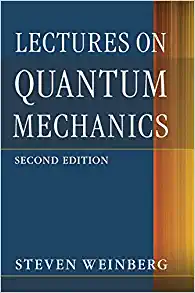Question
Experiment 5: Electrical Equivalent of Heat The purpose of this activity is to explore conversion of the electric energy dissipated by a resistor into the
Experiment 5: Electrical Equivalent of Heat
The purpose of this activity is to explore conversion of the electric energy dissipated by a resistor into the thermal energy absorbed by the water. This concept is known as Joule Heating. Comparing the amount of the electric energy dissipated in the resistor with the amount of the thermal energy absorbed by the water we can find the electrical equivalent of heat from the law of conservation of energy. The electrical equivalent of heat is the number of joules of electric energy that are equivalent to one calorie of thermal energy.
Theory
If there are no energy losses to the surroundings, all the electric energy given off by the resistor should be absorbed by the water. The electric energy,
E, dissipated by the resistor is
E=Pt=
where
tis the time during which the current flows through the resistor andPis the electric power determined as
P=IV=
where
Iis the current through the resistor andVis the voltage across the resistor. If the current is measured in amperes, the voltage is measured in volts, and the time is measured in seconds the calculated electric energy E is measured in joules.
The thermal energy, Q , gained by the water is determined as
Q=cmT=
where
mis the mass of the water, c is the specific heat of water (1 cal/g C), andTis the change of the water temperature. If the mass is measured in grams and temperature is measured Celsius degrees the calculated thermal energy Q is measured in calories.
It follows from the law of conservation of energy that
E(joules)=Q(calories)=
The last equation allows us to find how many joules are equivalent to 1 calorie or the so-called electrical equivalent of heat (E.E.H.) as
E.E.H.=E(joules)Q(calories)...=
This number establishes very important relationship between two different units used to measure the energy: joules and calories.
Accepted value for this relationship is
1cal=4.184J=.
Procedure
Physics Simulations: Electrical Equivalent of Heat Lab
https://www.thephysicsaviary.com/Physics/Programs/Labs/ElectricalEquivalentOfHeatLab/index.html




Step by Step Solution
There are 3 Steps involved in it
Step: 1

Get Instant Access to Expert-Tailored Solutions
See step-by-step solutions with expert insights and AI powered tools for academic success
Step: 2

Step: 3

Ace Your Homework with AI
Get the answers you need in no time with our AI-driven, step-by-step assistance
Get Started


